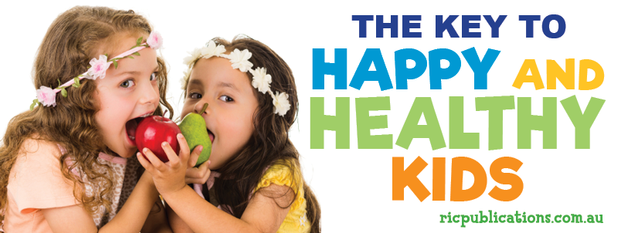- Monday 26 September 2016
- 0 Comments
How to combat childhood obesity
There has been a great deal of media attention regarding what is known as 'the obesity epidemic' and the increasing number of overweight, unhealthy children. More than 25% of children aged 5–17 are overweight or obese (Australian Health Survey: first results 2011–12, Australian Bureau of Statistics). This is attributed to a number of factors:
- Children are greatly influenced by media advertisements about fast food and nutrition.
- A large portion of their lives revolves around sedentary activities involving computers, game consoles, DVDs and televisions.
- An increasing number of children do not get sufficient exercise.
Health professionals recommend that children enjoy a healthy diet from the five major food groups (fruit; vegetables; bread and cereals; dairy; meat, fish, chicken and eggs). Children should be encouraged to select food from the fruit, vegetables, cereals and dairy groups, and eat foods from the meat and eggs group in moderation. Confectionary products and foods with a high-sugar and/or fat content should be avoided or minimised.
In regard to exercise, it is recommended that children are involved in active playtime for at least one hour a day. This is seen as a necessity for children to lose weight as, while any physical activity is beneficial, one hour is a minimum for there to be any notable effect on the health of children.
Schools provide one setting in which children may be given information about healthy food choices and develop positive habits regarding exercise. Some activity ideas for the whole school and individual classes are listed below.
Whole-school activities to promote good health
- Invite the Life Education Van (or a similar initiative in your state) to visit and talk about healthy bodies.
- Encourage the school canteen to implement days which promote a certain type of healthy food, such as a soup day or pasta day.
- Invite sports personalities to speak to the school about their diet and sports regime.

- Participate in a tabloid sports activity, long distance walk, aerobics, 'Jump Rope for Heart' activities, fun runs or student versus teacher sports competitions.
- Ask local businesses to donate healthy food (or food at a discounted price) and hold a whole-school breakfast. Alternatively, classes may be allocated the responsibility for supplying particular foods, making breakfast or contributing to the costs.
- Participate in a healthy lunch day, where parents provide their students with a suitable lunch, and the class with the most healthy lunches is rewarded with an extra play session on the oval.
Class activities to promote good health
- Hold a 'healthy food' party where children are only allowed to bring healthy food from the main food groups.
- Visit an orchard, farm or market garden to see how certain fruits and vegetables are grown.
- Design a class (or school) healthy recipe book where families contribute their favourite healthy recipes. Sell the book at the school fete and use the proceeds to buy extra sports equipment.
- Create flowcharts to show the process of foods from the growing stage to the table.
- Invent a food matching game using the main food groups, based on the format of 'Memory' or 'Concentration'.
- Get out of the classroom and take the students for a walk to a local park, river or even around the school oval.
- Grow some unusual vegetables in pots near the classroom or in the school garden. Harvest them for a special tasting day.
- Hold a tasting day, where children supply and try to guess the fruit or vegetable being tasted.
- Invite parents or grandparents to describe how they spent their free time before regular use of computers and game consoles.
- Create a 'healthy food' cottage to tempt Hansel and Gretel.
- Invite mums, dads or grandparents to show the children how foods such as pasta are made.
- Read stories such as The enormous watermelon, The very hungry caterpillar, The hungry giant, The monsters' party, Jack and the beanstalk, Peas!, Vegetable glue and I will not ever never eat a tomato.
Save
